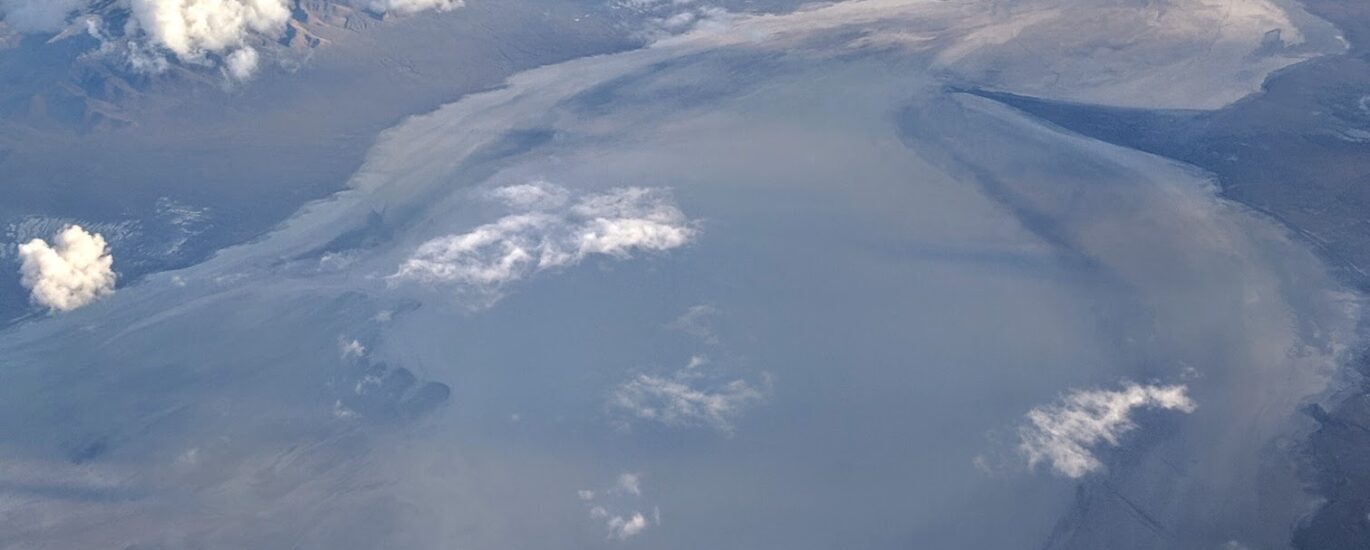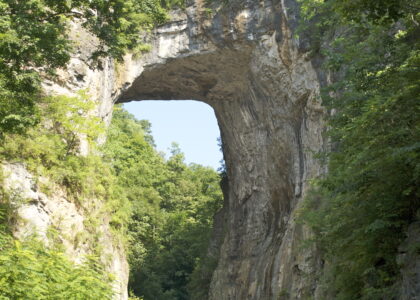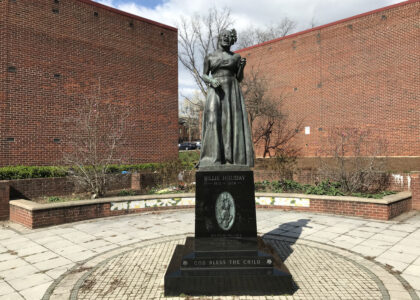Welcome to Sevier Lake, a fascinating natural feature tucked away in the Pahvant Valley of western Utah. Stretching approximately 25 miles long and up to 7 miles wide, this saline lake sits at an elevation of around 4,500 feet, positioned uniquely between the Colorado Plateau and the Basin and Range geological province. As you explore the history and the natural beauty of Sevier Lake, you’ll uncover stories that span centuries, from its geological formation to its economic significance.
Sevier Lake’s story begins millions of years ago, during a time when the region was part of a vast prehistoric lake known as Lake Bonneville. As the Ice Age glaciers receded, they left behind deep basins that filled with water, creating prominent features like Sevier Lake. Unlike many lakes, Sevier Lake receives water from the Sevier River yet has no outlet, resulting in highly saline waters. This characteristic has not only shaped its ecosystem but also led to the development of local industries focused on halite and potassium sulfate extraction.
The area’s rich history isn’t just geological; it’s also cultural. The land around Sevier Lake was once home to the Ute and Paiute tribes, who thrived in this arid landscape, utilizing the lake and its surroundings for sustenance and cultural practices. These indigenous peoples had a deep connection with the land, and their legacy remains an integral part of the area’s identity.
In the 19th century, European settlers began to explore and settle in the region, drawn by the prospects of agriculture and mining. The lack of a natural outlet for Sevier Lake’s waters meant that the lake often fluctuated dramatically in size, impacting the surrounding communities who relied on the land’s resources. By the early 20th century, industries began to harness the lake’s mineral wealth, contributing to the local economy and shaping the region’s industrial landscape.
Throughout its history, Sevier Lake has captured the curiosity of explorers and scientists alike. Notable figures, such as geologist Grove Karl Gilbert, studied the lake and its geological significance, contributing to our understanding of the region’s natural history. These explorations have provided invaluable insights into the complex interplay between geology, climate, and human activity in shaping the lake and its surroundings.
Today, Sevier Lake stands as a testament to the powerful forces of nature and the resilience of life in arid environments. While it may not offer the recreational opportunities of some of Utah’s more well-known lakes, its stark beauty and historical significance make it a compelling destination for those interested in geology, history, and the unique ecosystems of saline lakes.
As you continue your journey, consider the broader historical context of Sevier Lake—how it has evolved over time, its role in local industry, and its cultural significance to the indigenous peoples of the region. This remarkable lake is more than just a body of water; it’s a living chronicle of natural history and human endeavor, waiting to be discovered.






